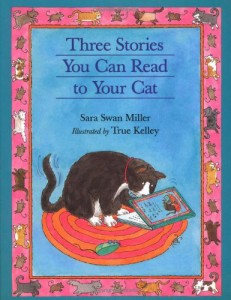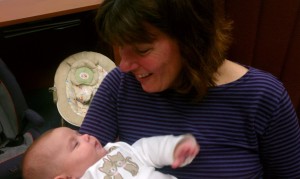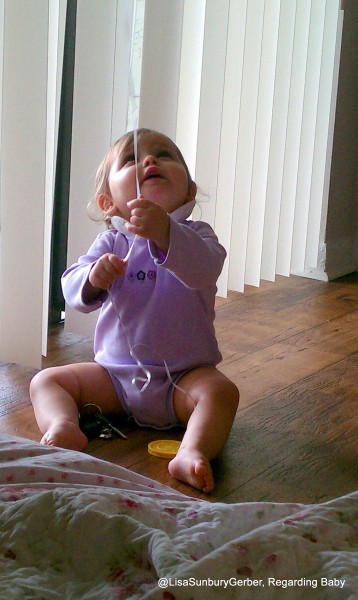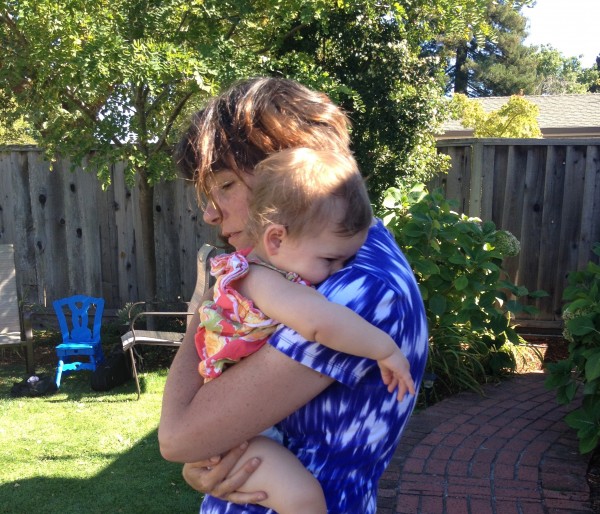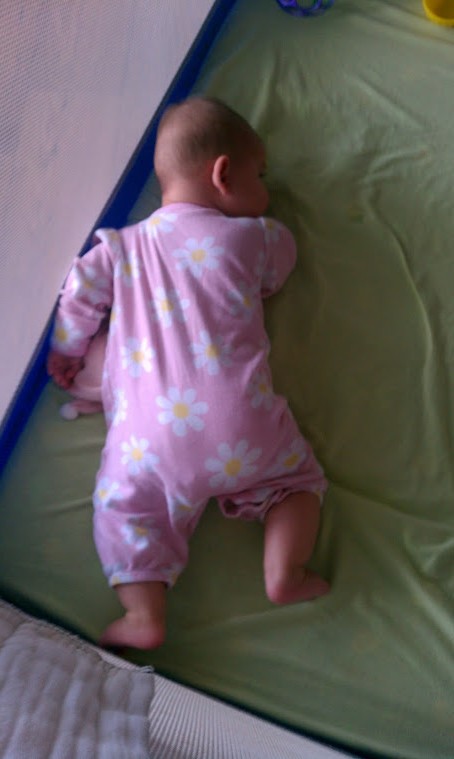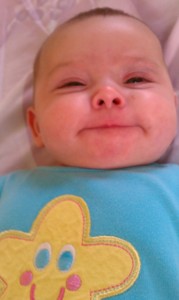It’s been a long time since I’ve written a post. My “baby” is now eight years old, and she inspired this post. I am sharing a recent conversation we had, with her permission, “because all adults should know…”
“Mom, is it weird that I still suck my thumb?”
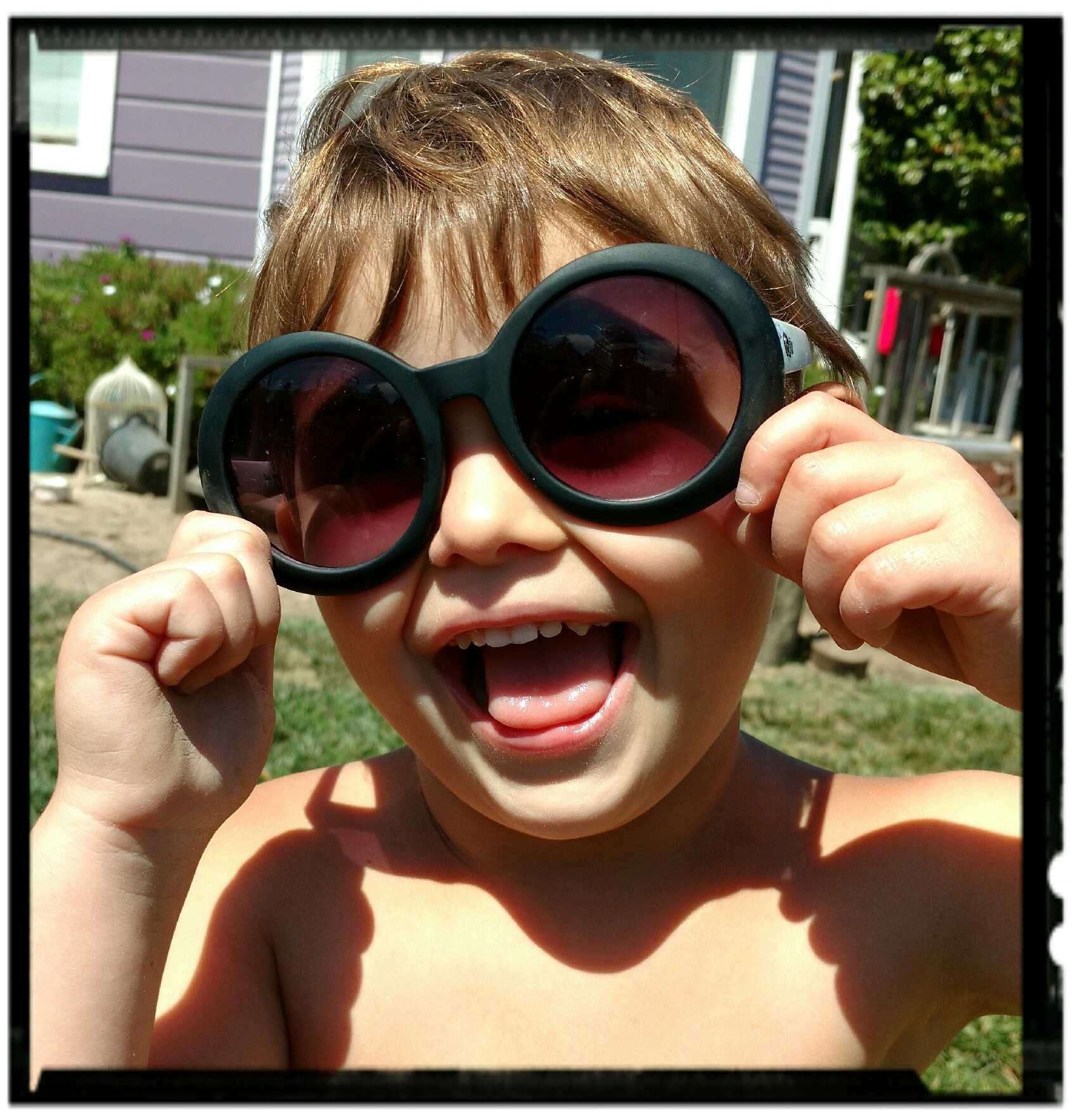
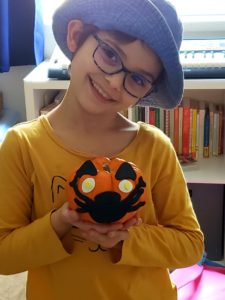
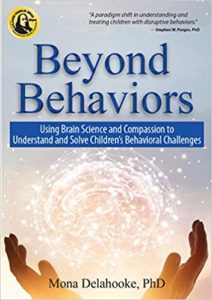

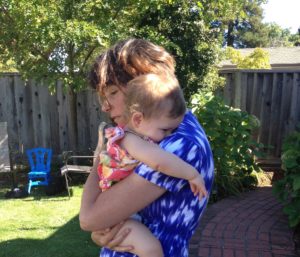
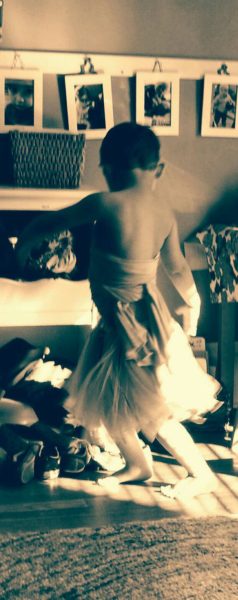
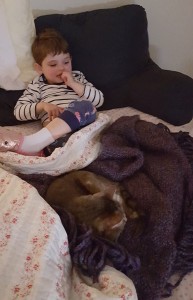 “Can you explain why we don’t need to tell toddlers to say sorry, thank you, please, etc? My child’s caregiver told her she needs to say sorry when she “does something bad”, which in this case was poking the caregiver’s eye. My daughter is 19 months old.
“Can you explain why we don’t need to tell toddlers to say sorry, thank you, please, etc? My child’s caregiver told her she needs to say sorry when she “does something bad”, which in this case was poking the caregiver’s eye. My daughter is 19 months old.